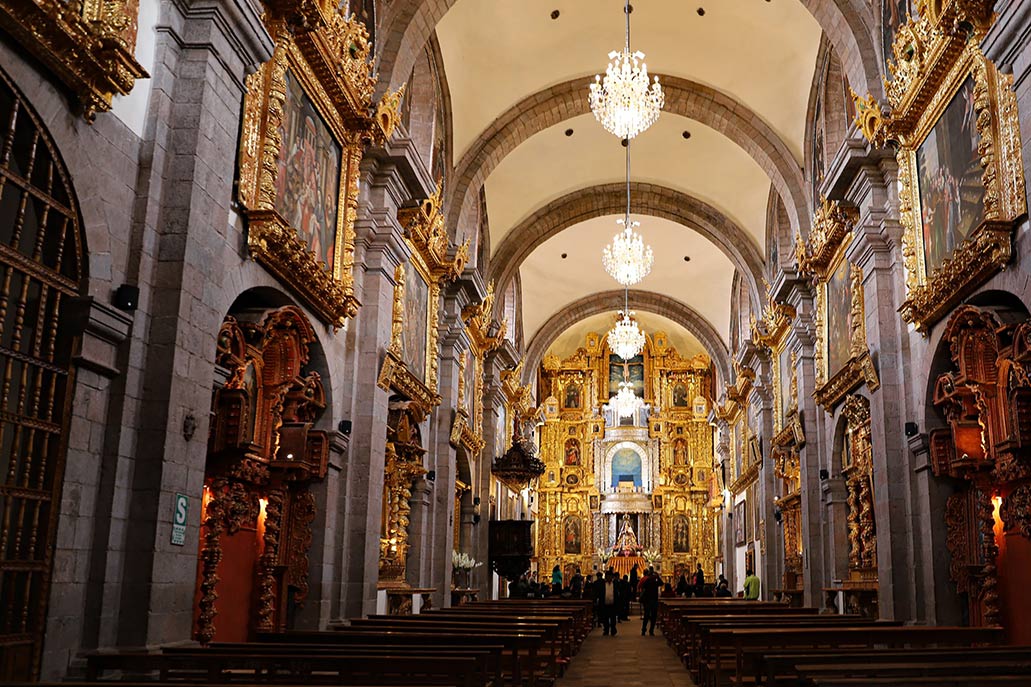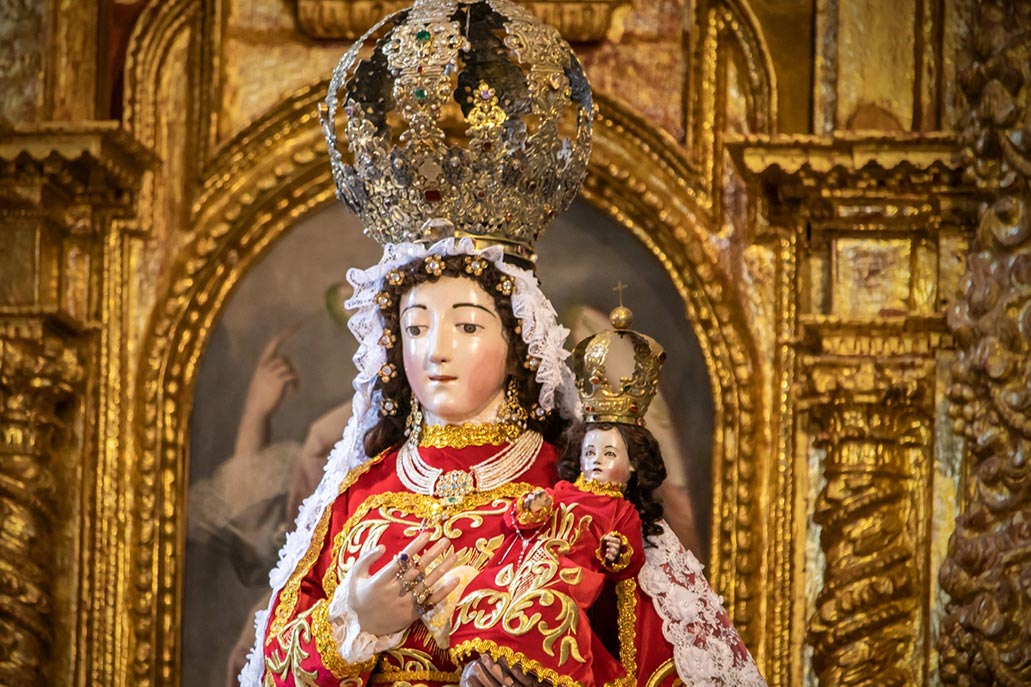Church of Belén in Cusco: history and attractions
It is a church located at a considerable distance from the Plaza de Armas. However, it can be reached without any problem by bus or taxi. This church is located exactly in the square of the same name, in the district of Santiago. It is an important construction because it served for the evangelization process and at times in its history as a refuge for some abandoned women.
Content
1. History of the Church of Belén
Before being known as the Church of Belén or Belén Parish, it is mentioned that a convent was built in that place. Exactly in the Chaquilchaca area that belonged to a territory of Inca dwellings. The construction of this convent dates from 1550, this place housed the first mestizo women (daughters of Spaniards with women of the Inca elite). Many of these women were abandoned by their parents, either due to death or because they remarried Spanish women. Destroying in this way the family nucleus and the social ties that were thought to be formed with these marriages. With the passing of time, an exclusive space for these women along with others was prioritized; this place was the convent of Santa Clara of the Franciscan Order.
Since its inception, during the conquest, it housed indigenous reduction groups. During its foundation on April 28, 1559, by order of the Viceroy Andrés Hurtado de Mendoza, it received the name of Parish of the “Reyes”. In reference to the three wise men who visited Jesus, son of God, at the moment of his birth, leaving him favors and gifts. This reference can be seen on the central wall, just above the entrance door. The image is made of carved stone and you can also see the figure of two kings mounted on horses, the star of Belén and a reference to the child God in the manger with his parents.
For this reason, the name of the church did not change drastically when it acquired the name of Church of Belén. Since the same reference is still maintained, that is, the image of the birth of Jesus Christ is maintained. However, there is an event that allowed, with great reasons, the change of name of the enclosure. It is narrated that two fishermen in the port of Callao, were able to visualize a box of a large volume. Thinking that it was a treasure or something of great value, they went in search of the box. When they opened the box, they realized that, inside the box, there was an image of the Virgin of Belén. This image was found together with a note that specified its sending to Cusco. Since then and by the corresponding provisions, the name that it has up to the present time, Church of Belén, was changed.
Something that marked the city of Cusco was the earthquake of 1650. This earthquake destroyed a large number of what were then almost new constructions, we refer to the temples and convents that were built. In this way, the structural difference in resistance with the remains of Inca buildings can be evidenced. This phenomenon was not foreign to the church of Belén. After that event, it was rebuilt under the supervision of the architect Juan Tomás Tuyru Túpac. The work finished in 1715, with the structure and image that it maintains to this day. It really is one of the churches with the best finishes, typical of the Andean Baroque style in which it is framed. It is important to note that the Virgin of Belén comes out during the Corpus Christi festival.
2. Attractions of the Church of Belén
- Facade of the church of Belén
The main or most characteristic attraction is perhaps the baroque style with which it is built. It has stone walls that have decorations and carvings typical of the mentioned style. It has two bell towers, which have high and low relief engravings. The main façade has three divisions, the central part is the one with Corinthian pillars or columns that enhance the figure of the door, along with other details. The door itself is made of wood with fine finishes. It is quite tall and wide. It has the typical decorations with bronze nails placed symmetrically.
- Interior of the Church of Belén
The interior of the church has fine finishes in the Baroque style. It has sculptures, altarpieces, canvases, all of them with religious representations; something that was very characteristic of the art expressed during the Peruvian viceroyalty. The main altar of the church of Belén is made entirely of silver plates.
The crown of the Virgin of Belén or Mamacha Belén, has ornaments and settings of precious stones and gold decorations. Some of the niches show the characteristic canvases of the Andean baroque with representations of some archangels. You can find precious woodwork where you can see the figure of different saints and other virgins of the Catholic Church. There is an altarpiece in adoration of the three wise men.
3. Hours and prices to visit the Church of Belén
Visiting the Church of Belén is free during the days and times of masses. You can take advantage of this time to take a brief tour of its facilities. Another option is to ask the priest or parish priest in charge of the venue for a few minutes. Remember not to make noise and respect the liturgy. Unfortunately, only these types of visits can be made. Regarding the mass times in the Church of Belén They are held every Saturday and Sunday at two times, the first in the morning at 7:00 a.m. and the second at night at 7:00 p.m.
By Imachupicchu – Last updated, August 22, 2024


